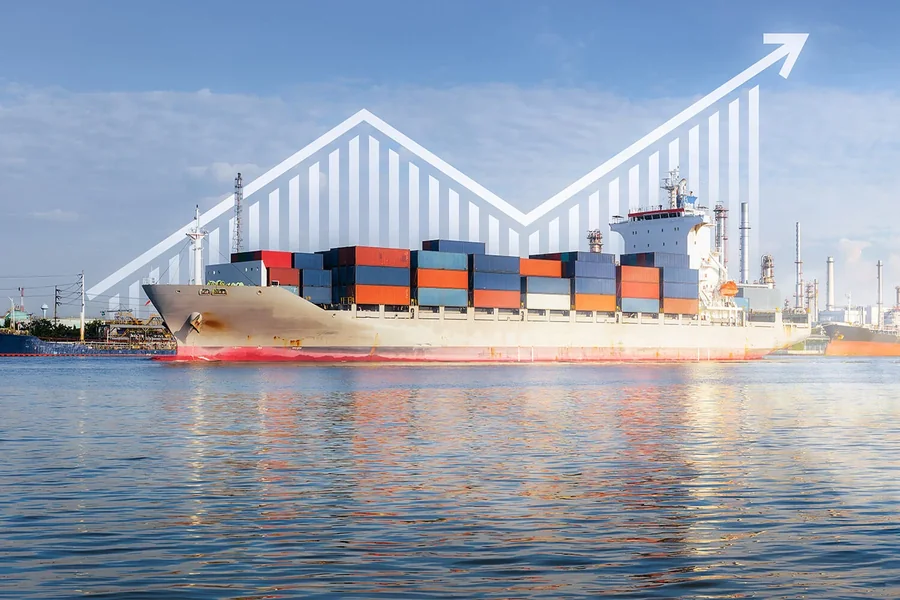Understanding what you’re paying for in LTL freight can be confusing. It’s important to know where your money goes. LTL, or Less Than Truckload, is a method used when shipping smaller loads. This method can save money compared to full truckload shipping, but it’s critical to understand how costs are broken down. You might wonder how ltl vs full truckload really differs. The answer lies in distribution fees, fuel surcharges, and terminal handling. Each factor contributes to the final bill. Additionally, there are charges based on weight, size, and shipping distance. Knowing these details helps you be ready for any surprising fees. You can make smarter decisions by understanding which aspects affect cost the most. This guide will explain LTL freight costs so you can manage your supply chain efficiently and avoid unnecessary expenses. Stay informed and take control.
Key Factors Influencing LTL Freight Costs
Several components make up the total cost of LTL shipping. Understanding these components ensures you are prepared. The main factors include:
- Weight and Dimensions: Heavier and larger shipments cost more.
- Distance: Longer distances increase the shipping fee.
- Fuel Surcharge: Fuel prices affect transportation costs directly.
- Accessorial Charges: Extra services, like residential delivery, incur additional fees.
Weight and Dimensions
Your shipment’s weight and size play a crucial role in determining costs. Carriers use these measures to allocate space efficiently. The more space you take, the higher the cost. Keeping dimensions compact helps in minimizing expenses.
Distance Traveled
Distance is another major factor. Shipping goods across longer distances means more fuel and time. As a result, costs increase when shipping over greater distances. Planning routes and consolidating shipments can reduce the number of trips and save money.
Fuel Surcharges
Fuel prices are unpredictable. Carriers add a fuel surcharge to cover these fluctuations. This fee changes with market rates. Staying informed about fuel trends helps anticipate and manage this variable cost.
Accessorial Charges
Accessorial charges apply for additional services. Examples include liftgate services, inside delivery, and residential delivery. Choosing only necessary services can reduce the overall bill. Understanding these charges lets you plan better and avoid surprises.
Cost Comparison: LTL vs Full Truckload
| Aspect | LTL | Full Truckload |
|---|---|---|
| Ideal For | Small shipments | Large shipments |
| Cost Based On | Space used | Entire truck |
| Flexibility | More stops | Direct route |
| Delivery Speed | Longer times | Faster delivery |
The choice between LTL and full truckload depends on your shipment size and urgency. LTL is cost-effective for small loads, while full truckload offers faster delivery for larger shipments.
Tips for Reducing LTL Costs
- Optimize Packaging: Use the smallest packaging possible to save space.
- Plan Shipments: Consolidate loads to reduce the number of shipments.
- Negotiate Rates: Build relationships with carriers for better pricing.
These strategies help cut costs and optimize your shipping process. Being proactive ensures you get the best rates and avoid extra charges.
Conclusion
Understanding LTL freight costs is important for managing expenses effectively. By knowing what affects your shipping bills, you can take steps to reduce unnecessary charges. Keep your loads compact, plan your shipments well, and negotiate with carriers for favorable terms. For more information on freight shipping, visit U.S. Department of Transportation. By staying informed, you make smarter decisions and keep your business running smoothly.

